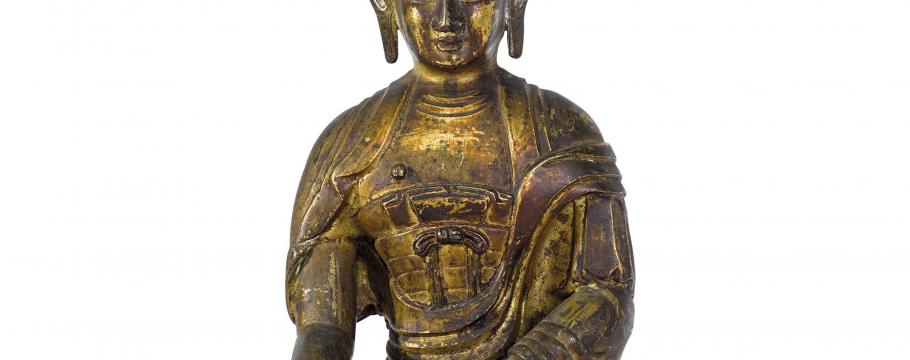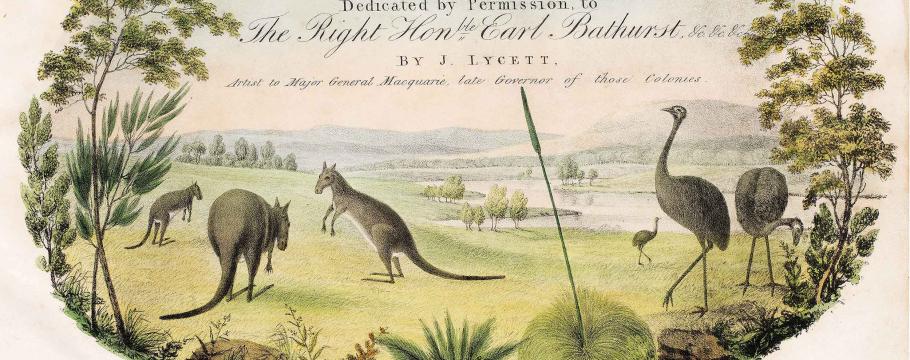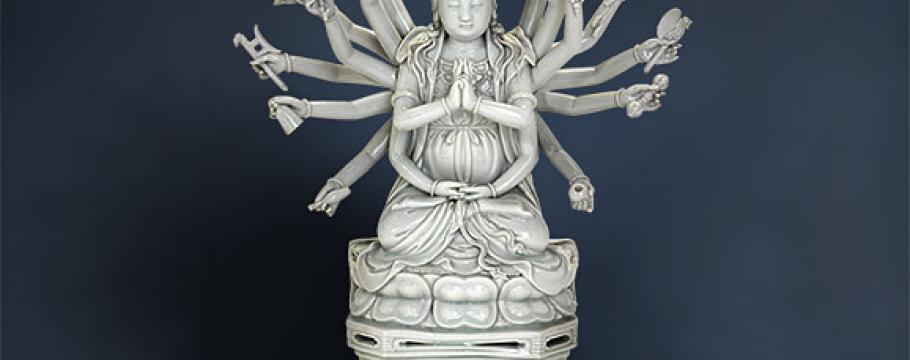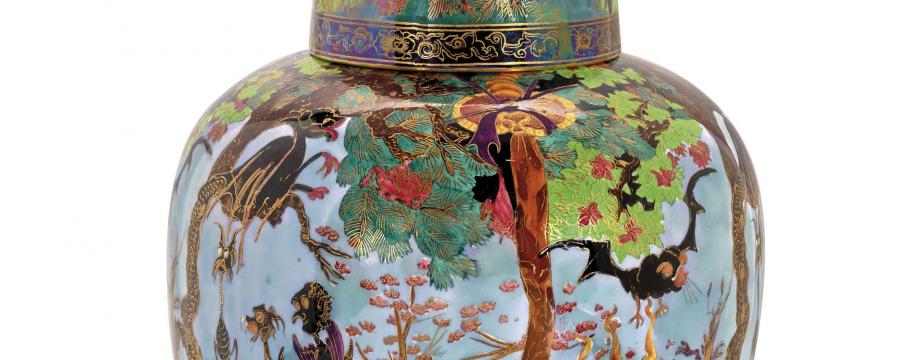





Diverse international arts and design auction to bring the crowds
Author: Richard Brewster | Posted: 14th July, 2016
Fifteen Fred Williams etchings dating from 1954-1967 from the Raymond and Diana Kidd collection will be a strong highlight of Sotheby’s Australia’s forthcoming diverse international arts and design auction from 6pm July 19 at The Hughenden, 14 Queen Street, Woollahra in Sydney.
Acquired during the 1970s and 1980s, the etchings show the great craftsmanship and skill of one of Australia’s greatest landscape artists.
The collection includes works by Australian modern masters Charles Blackman, Robert Dickerson, Jon Molvig, Sidney Nolan, William Robinson and Tony Tuckson.
The Sotheby’s auction features Australian and European art, furniture, porcelain, silver, Chinese ceramics and jade all dating from the 17th century to the present day.
One of the great attractions is a 19th century white glazed Dehua multi-armed deity of Guanyin from Qing dynasty – previously on long-term loan to the Art Gallery of New South Wales.
A gilt bronze Buddha from the Qianlong period, acquired in 1900 by Lieutenant John Bates while on secondment to China, is another item worthy of consideration.
The Buddha has remained in the same family collection until being offered at this auction.
An Australian 20th century icon – a Café Australia chair designed by Marion Mahoney Griffin and Walter Burley Griffin (one of the few of its type still in existence and at the time a tour de force in interior architecture) – should be another item to intrigue auction goers.
Daisy Makeig-Jones introduced Fairyland lustre for Wedgwood in 1915. Over the next 10 years, it became immensely popular with its bold and fanciful designs inspired by Gustav Dore’s Legends of Croquemitaine and other similar fairy tales.
Six of the Fairyland lustre designs featured prominently in this sale were created between 1918 and 1925 and include a “Ghostly Wood” malfrey pot and cover.
Luxurious and expensive to create, Fairyland lustre patterns were discontinued in 1929 due to changing tastes and the onset of the Great Depression.
Joseph Lycett’s Views in Australia, or New South Wales and Van Diemen’s Land 1824 provides a remarkable visual record of early colonial Australia after he was convicted of forgery and transported in 1810 to New South Wales but later pardoned due to his artistic ability.
A landmark in the development of Australian illustrated books and published in London, the book is a comprehensive insight into the colonisation of New South Wales and Tasmania, including important aspects of settlement architecture.
For modern design enthusiasts, there is the Danish sterling silver pitcher dubbed “African Girl”, designed in 1948 by Henry Koppel.
Koppel joined Georg Jenson after World War II and an early concept design number 978 was formed from his pursuit of the perfect pitcher – the long slender neck reminiscent of African women wearing neck rings.





